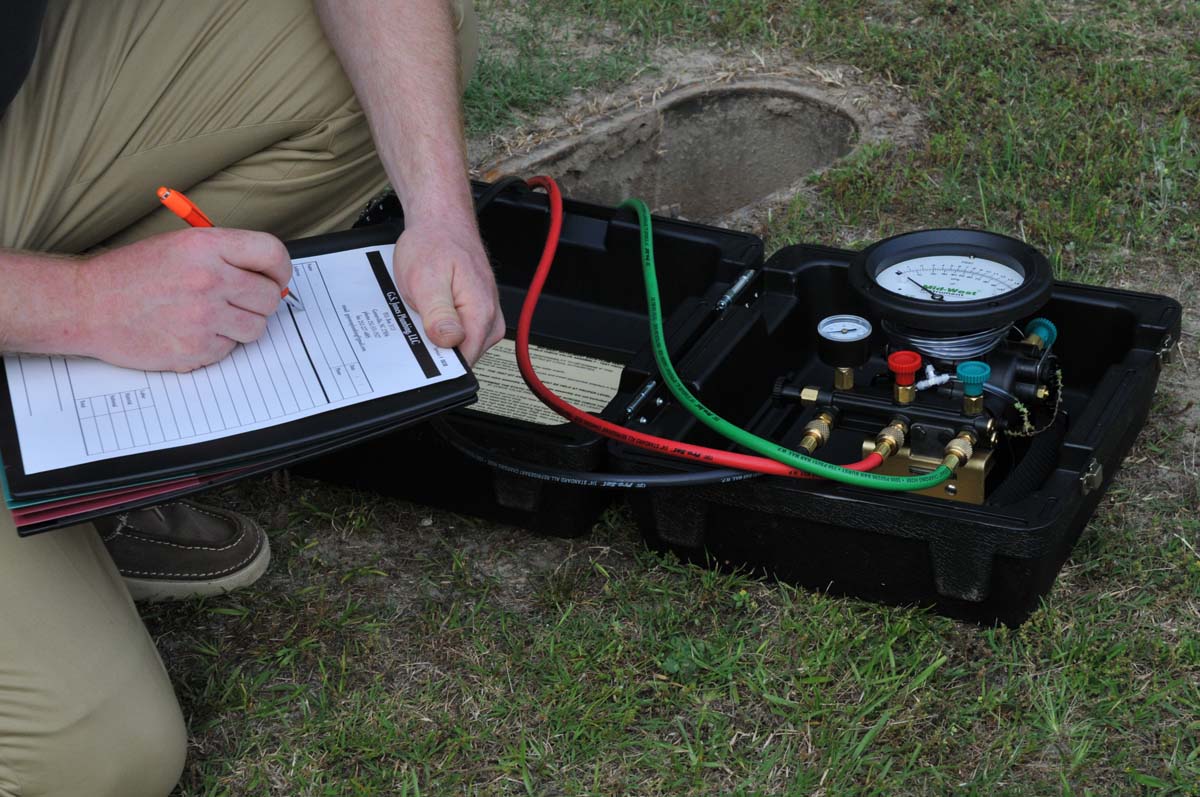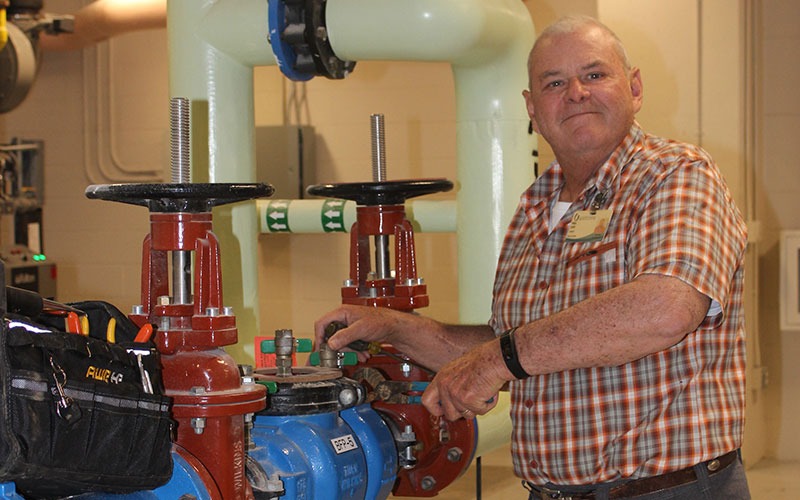Must I Check for Backflow in My Water?
Must I Check for Backflow in My Water?
Blog Article
Have you been hunting for help concerning What is Backflow Testing??

Yes, you require to backflow examination your home's water system to make sure that the water is without toxic substances as well as damaging levels of chemicals. You should not attempt to do backflow screening on your very own due to the fact that of the devices needed and room for mistake. We suggest that you call an expert plumber every couple of years to examine your water.
Backflow Can Influence Both You as well as Your City
Lots of cities develop backflow standards due to the fact that harmful heartburn can affect the general public supply of water along with a solitary structure. Fortunately, modern cities have backflow gadgets in position that protect the supply of water that originates from most residences and also business residential properties. The actual danger comes from irrigation systems, which can damage the water with poisonous fertilizers, manure, as well as various other chemicals.
What Creates Backflow?
A normal reason for backflow is a loss of water stress that triggers the water to siphon back right into the water. An instance is cleaning a paint bucket utilizing a hose pipe. You fill up the paint container up with water, leaving the pipe in the pail. After a long time, there is a loss in water pressure and the hose starts to draw the water back into the water system. As you can picture, there are now chemicals from the paint that are getting in the water, possibly posing a risk. However, many people are not even familiar with backflow screening, yet there are lots of reasons why it's so crucial.
Backflow Testing is Required by Regulation in Certain Cities
Depending upon where you live, you could in fact be called for by legislation to backflow test your regulation. Iowa City maintains a document of all residential or commercial properties served by the city's water supply. The city calls for that particular "high-hazard" facilities undergo backflow screening. In some cases, properties such as residences and also apartment buildings are affected.
You Can Avoid Backflow
The main purpose of a backflow tool is to protect against water from streaming in reverse into your water supply. Plumbings set up the device on the pipelines in your residence to guarantee that the water only streams in the correct direction.
What is Backflow?
In short, backflow is when water moves upwards-- the opposite instructions in the plumbing system. This is also called "backpressure." When the water moves in this direction, it can combine with hazardous toxins and also present a danger.
Call a Plumber to Examine for Heartburn Before It is Far too late
While it could sound grim, polluted water can lead to horrible microbial as well as viral infections that are difficult to deal with. A plumbing business can swiftly test your home's water to determine if there are any type of dangerous chemical degrees. The little financial investment is if you can stay clear of the misery that comes from consuming contaminated water. As well as if you do uncover that your water has high degrees of contaminants, a plumber can easily mount a backflow avoidance tool.
Yes, you need to backflow examination your residence's water supply to make certain that the water is complimentary of toxins as well as hazardous levels of chemicals. Lots of cities develop backflow guidelines because hazardous backflow can affect the public water supply in addition to a solitary structure. A typical reason of heartburn is a loss of water pressure that creates the water to siphon back into the water supply. After some time, there is a loss in water stress as well as the pipe begins to suck the water back right into the water supply. The primary purpose of a heartburn tool is to prevent water from moving backwards into your water supply.
WHY DOES BACKFLOW TESTING NEED TO BE DONE EVERY YEAR
What Is Backflow?
Toxic gas backing up into a building is one example of potential backflow issues, but backflow can occur in many other ways.
Backflow is generally referred to as the reversal of a liquid or gas in a plumbing system.
Most issues for the public occur with backflow resulting in contaminated drinking water. If you look up backflow issues online you’ll probably find references to “potable” water. That means drinking water.
There have been backflow issues in the past with drinking water. Chemicals, sewage and other contaminants have found their way into drinking water causing health issues for those that count on the fresh water.
What Causes Backflow?
In a residence or commercial building water generally flows one way. This normal flow is usually driven by consistent pressure in the water and waste system.
Anything that changes the normal pressure in the system can lead to backflow.
Fire hydrant use or malfunction can reverse the normal pressure in the system on a city line, but backflow can occur in a number of different ways.
Sometimes backpressure might be caused by someone using a garden hose and submerging the end of the hose in a pool of liquid. If pressure is lost the flow could reverse and contaminants could be released into the drinking water.
Anytime there is a connection between contaminants and the drinking water there is potential for a backflow issue. Sometimes these connections are not immediately obvious like the garden hose connecting to a building’s drinking water supply.
Backflow Regulations
The Environmental Protection Agency (EPA) provides guidelines and regulations for state and local governments regarding backflow. State and local governments also have their own guidelines and regulations for backflow prevention.
Arizona has its own backflow regulations.
Due to issues with backflow in the past, regulations require backflow preventer devices to be used in nearly all residential and commercial buildings.
A backflow preventer is a device that prevents backflow as cross-connection points where potential backflow issues may occur.
While backflow is not a common occurrence, preventers are in place to make sure there is no contamination should something malfunction or go wrong with a building’s water supply.

I am very intrigued by Is backflow testing necessary? and I'm hoping you liked the new piece. Enjoyed reading our blog entry? Please share it. Let other people discover it. Bless you for your time. Please come visit our blog back soon.
Book 24/7
Report this page